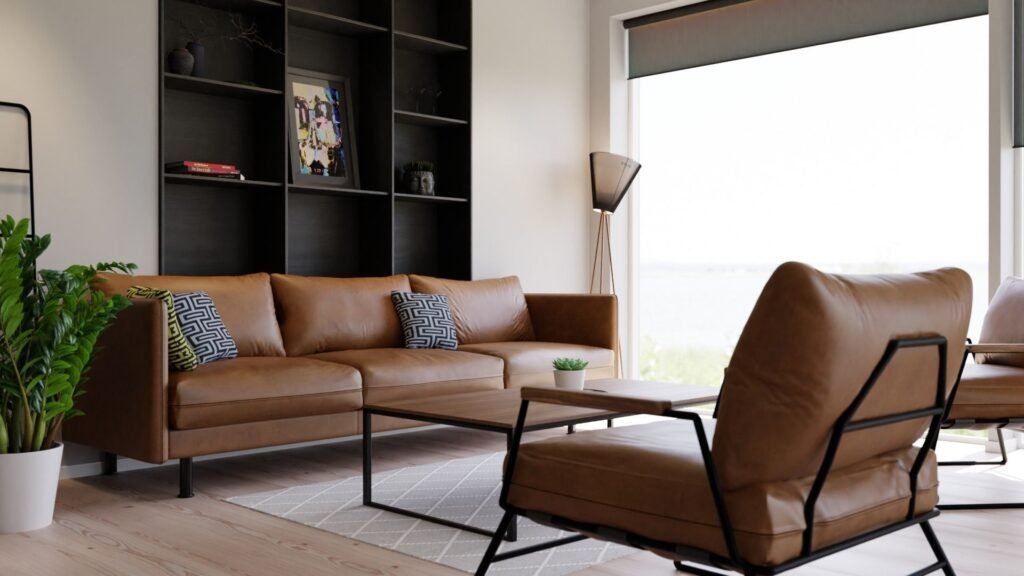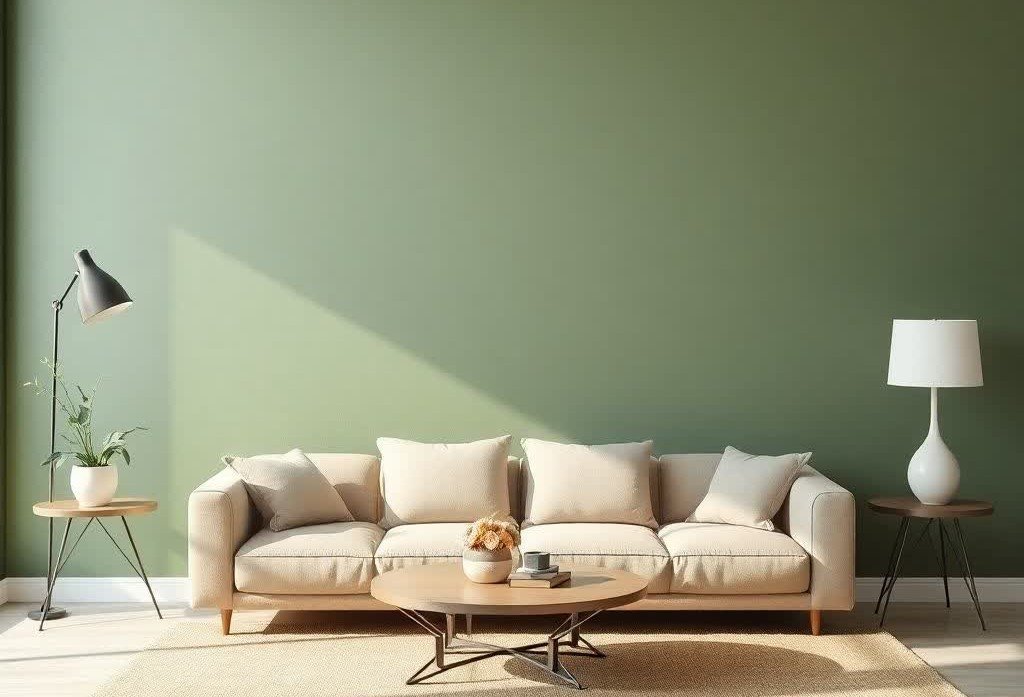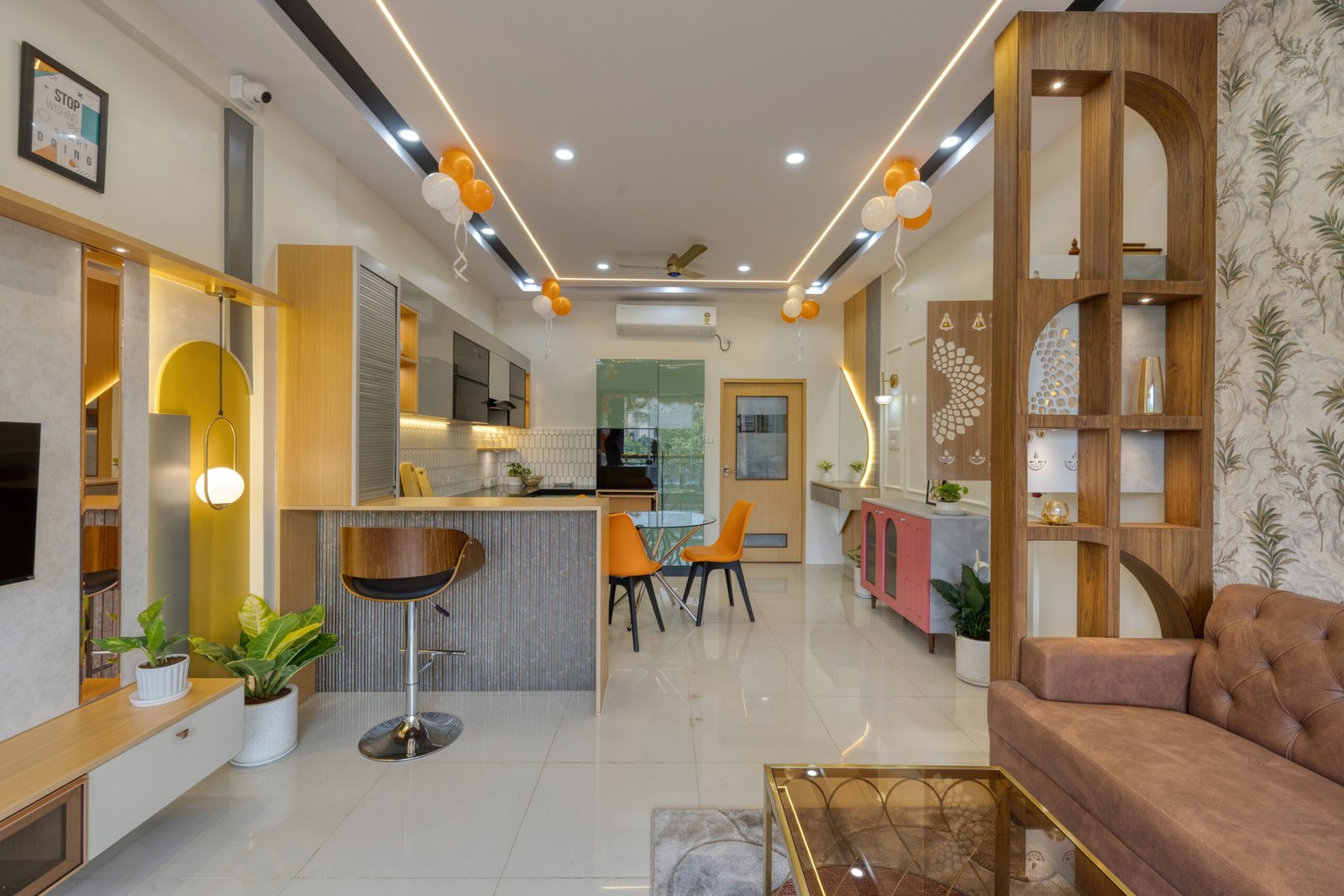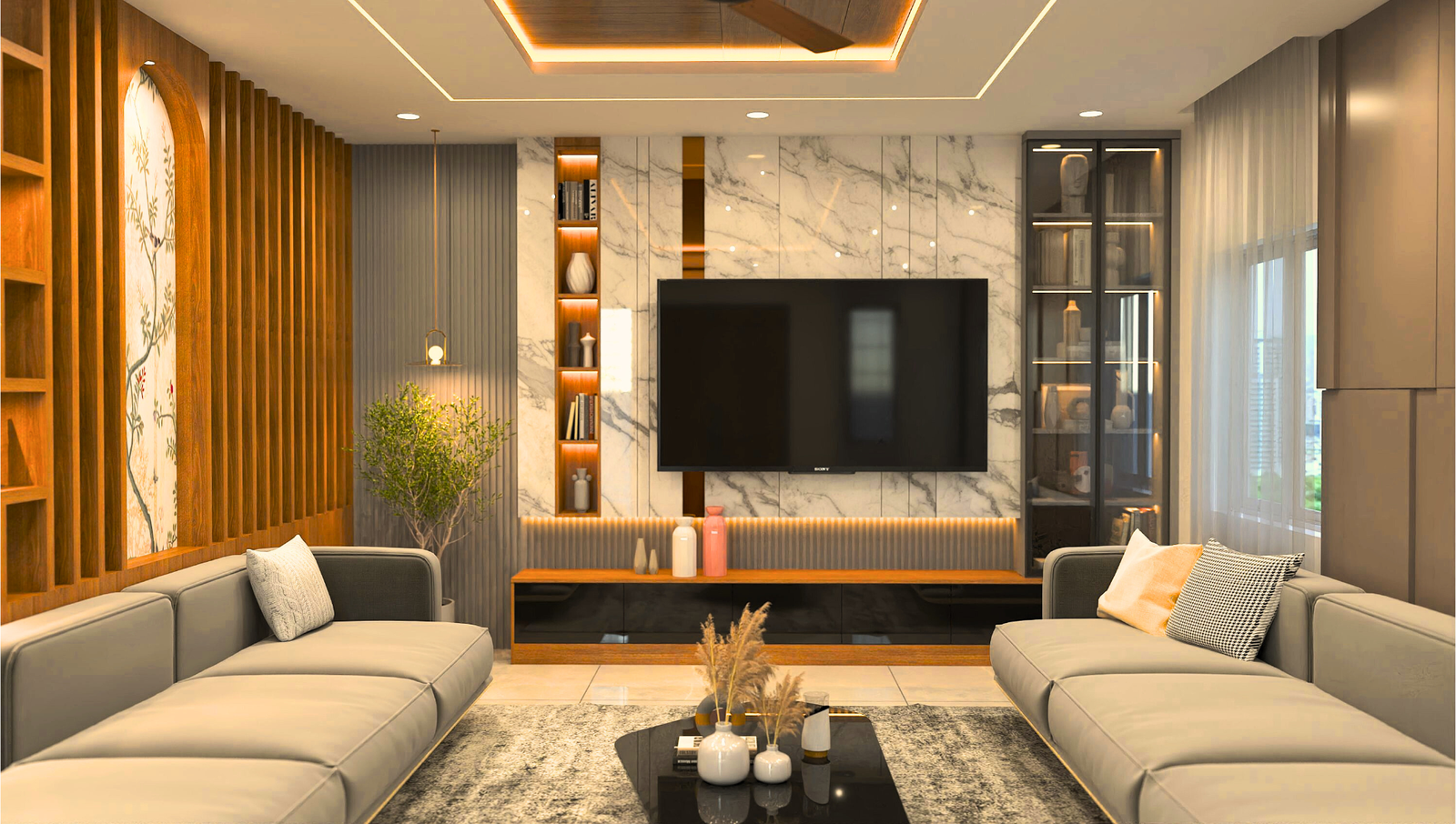Introduction: The Charm and Challenge of Tiny Homes
The rise of tiny homes has captured the imagination of many due to their charm and the unique lifestyle they offer. Driven by factors such as environmental concerns, financial savings, and a desire for simpler living, the trend of tiny house living has gained significant traction. Tiny homes, spanning anywhere from 100 to 400 square feet, present an intriguing challenge: how to maximize efficiency within such limited space.
Maximizing efficiency is not merely about storage solutions or multi-functional furniture; it is a holistic approach that encompasses smart design, space utilization, and lifestyle adjustments. The appeal of tiny homes lies in their ability to foster a minimalistic lifestyle, encouraging occupants to prioritize essentials and embrace the simplicity. However, the constraints of small space living necessitate careful planning and innovative solutions to ensure comfort and functionality.
This blog post aims to provide insights and practical advice on how to tackle the intricacies of living in a tiny home. We will explore various strategies to enhance space efficiency and make the most out of limited square footage. Starting with space-saving design principles, we will delve into the importance of multi-functional furniture and storage solutions that can transform any tiny space into a livable environment.
Further, the significance of natural light and the strategic use of color will be discussed, highlighting how these elements can make a small area feel more expansive. We will also touch upon technological advancements that can integrate seamlessly into tiny homes, offering smart home functions without compromising space.
As we unravel these key aspects, it will become evident that the charm of tiny homes is intricately linked with the art of maximizing efficiency. This intersection of design, innovation, and lifestyle adjustments will be the focal point of our exploration, paving the way for a fulfilling tiny-home living experience.
Smart Furniture Selection: Functionality Meets Style
In the realm of tiny homes, the selection of furniture becomes a critical decision that remarkably influences both aesthetics and functionality. A wise choice involves opting for pieces that serve multiple purposes. The sofa bed stands as a quintessential example, merging the comfort of a living area with the necessity of a bedroom. This versatility is a cornerstone in maximizing limited space efficiently.
Another innovative solution is the foldable dining table. When not in use, it can be seamlessly stowed away, affording ample room for other activities. This adaptability ensures that the dining area doesn’t dominate the living space unnecessarily. Additionally, incorporating storage ottomans offers both seating and hidden compartments, enhancing utility without sacrificing designer appeal.
Prioritizing furniture with built-in storage options is essential. Beds with drawers or lift-up mattresses, for instance, provide invaluable stowing space for clothing or linens. Modular furniture, such as sectional sofas with storage units, also exemplify the blend of form and function. These pieces not only cater to comfort but also address storage needs discreetly.
In terms of style, it is pivotal to choose furniture that complements the overall design theme of the tiny home. Neutral tones and minimalist designs often work best, as they create an illusion of a larger, uncluttered space. Selecting pieces with clean lines and sleek finishes can contribute to a modern aesthetic while ensuring each item serves a purpose.
Examples of multi-functional furniture that harmonize style with practicality include wall-mounted desks, which can be folded away when not in use, and convertible coffee tables that extend into dining surfaces. These selections ensure that every square inch is utilized effectively, catering to the dynamic needs of tiny home living.
Ultimately, smart furniture selection thrives on the balance of necessity and design. Each piece should be carefully considered for its utility as well as its contribution to the home’s visual harmony. By prioritizing multi-functional, space-saving furniture, tiny home dwellers can create an environment that is both efficient and elegantly styled.
Creative Storage Solutions: Making Every Inch Count
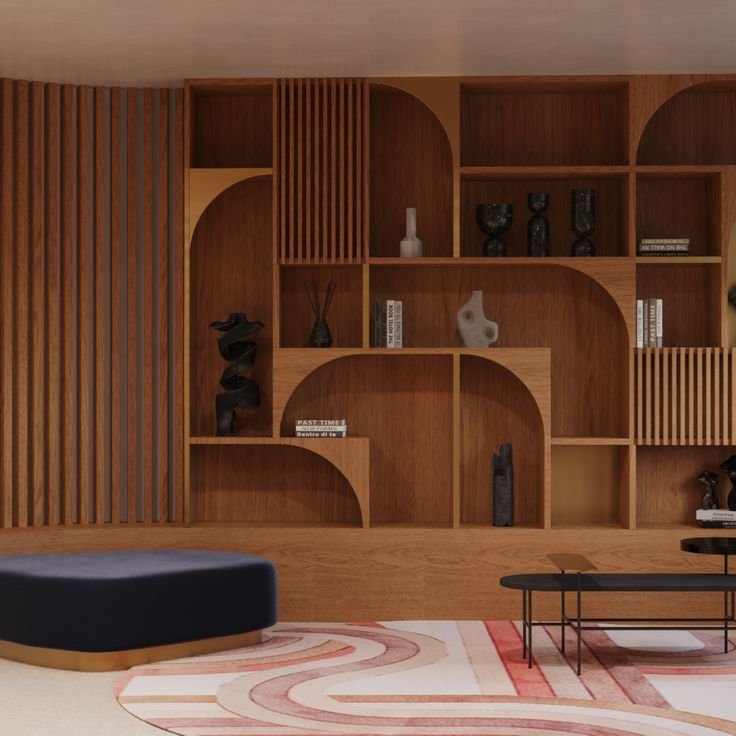
Maximizing efficiency in tiny homes demands imaginative and adaptive storage solutions, ensuring every inch is put to good use. One fundamental strategy involves leveraging vertical space. Installing shelves, pegboards, and wall-mounted hooks can transform bare walls into valuable storage areas. These additions can host everything from kitchenware to books, providing easy access while keeping surfaces uncluttered.
Another significant approach is incorporating hidden storage. Utilizing space beneath furniture, especially beds and sofas, is a prime example. Beds with built-in drawers or hollow bases offer a perfect spot for storing seasonal clothing, bedding, or other infrequently used items. Similarly, staircases with integrated drawers or compartments can serve as exceptional storage for tools, cleaning supplies, or even shoes.
Organizational tools are pivotal in keeping a tiny home efficiently arranged. Storage bins, baskets, and dividers can categorize and tidy up small items, making them easier to locate and use. Kitchens and bathrooms particularly benefit from these tools, ensuring that utensils, toiletries, and other essentials are orderly and accessible.
Decluttering is an essential practice in small spaces. Regularly assessing and purging unneeded items helps prevent accumulation and maintains a serene, organized environment. Adopting a minimalist mindset, where only functional and cherished items are kept, can significantly enhance the livability of tiny homes.
Practical examples include the use of multi-functional furniture. A fold-out desk can provide workspace without occupying permanent square footage, and convertible furniture, such as a bed folding into a wall or a table transforming into a storage unit, can offer adaptable living spaces. Additionally, corner shelves and hanging racks in closets maximize otherwise underutilized areas.
Maintaining organization in small spaces necessitates consistent effort and inventive thinking. By embracing vertical space, hidden storage, and effective organizational tools, tiny home dwellers can achieve a harmonious balance between livability and functionality. Through these insightful strategies, every inch of a tiny home can serve its purpose, contributing to a more efficient and comfortable living experience.
The Magic of Multi-Functional Pieces: Dual Purpose Essentials
Maximizing efficiency in tiny homes begins with the clever use of multi-functional furniture and decor. Multi-functional pieces are not just a design trend; they are essential components that provide flexibility and practicality, particularly in spaces where every square foot counts. For instance, consider a convertible desk. During the day, it serves as a workstation, but with a few swift adjustments, it transforms into a dining table or an extra surface for entertaining guests. Such ingenuity in design can significantly enhance the functionality of a living area.
Another exemplary piece of dual-purpose furniture is the Murphy bed. Renowned for its space-saving prowess, a Murphy bed folds seamlessly into the wall during the day, freeing up valuable floor space. At night, it reveals a comfortable sleeping area. The integration of storage solutions within the Murphy bed’s framework further maximizes space utilization, making it an indispensable element in compact bedrooms.
Modular furniture, characterized by its adaptability, is another cornerstone of efficient small-space living. Sofa units that double as storage compartments or can be rearranged into multiple seating configurations embody the essence of versatility. Modular kitchen islands with built-in appliances and shelves are yet another brilliant solution, melding meal preparation areas with storage, thereby optimizing the functionality of compact kitchens.
Selecting the right multi-functional pieces involves considering the dimensions and layout of your rooms. For living rooms, opt for a modular sofa that fits comfortably without overwhelming the space. In bedrooms, a Murphy bed with additional shelving units not only saves space but also adds significant storage. For kitchens, compact islands with pull-out features are invaluable for both culinary and storage needs.
Visual transformations often speak louder than words. Before-and-after photos showcase the dramatic impact these solutions can have on a tiny home. A cluttered living room transforms into an organized, inviting space with the introduction of modular seating. A cramped bedroom becomes a serene retreat with the addition of a convertible Murphy bed. The key is to blend functionality with aesthetics, ensuring that each piece not only serves a purpose but also enhances the overall ambiance of the home.


